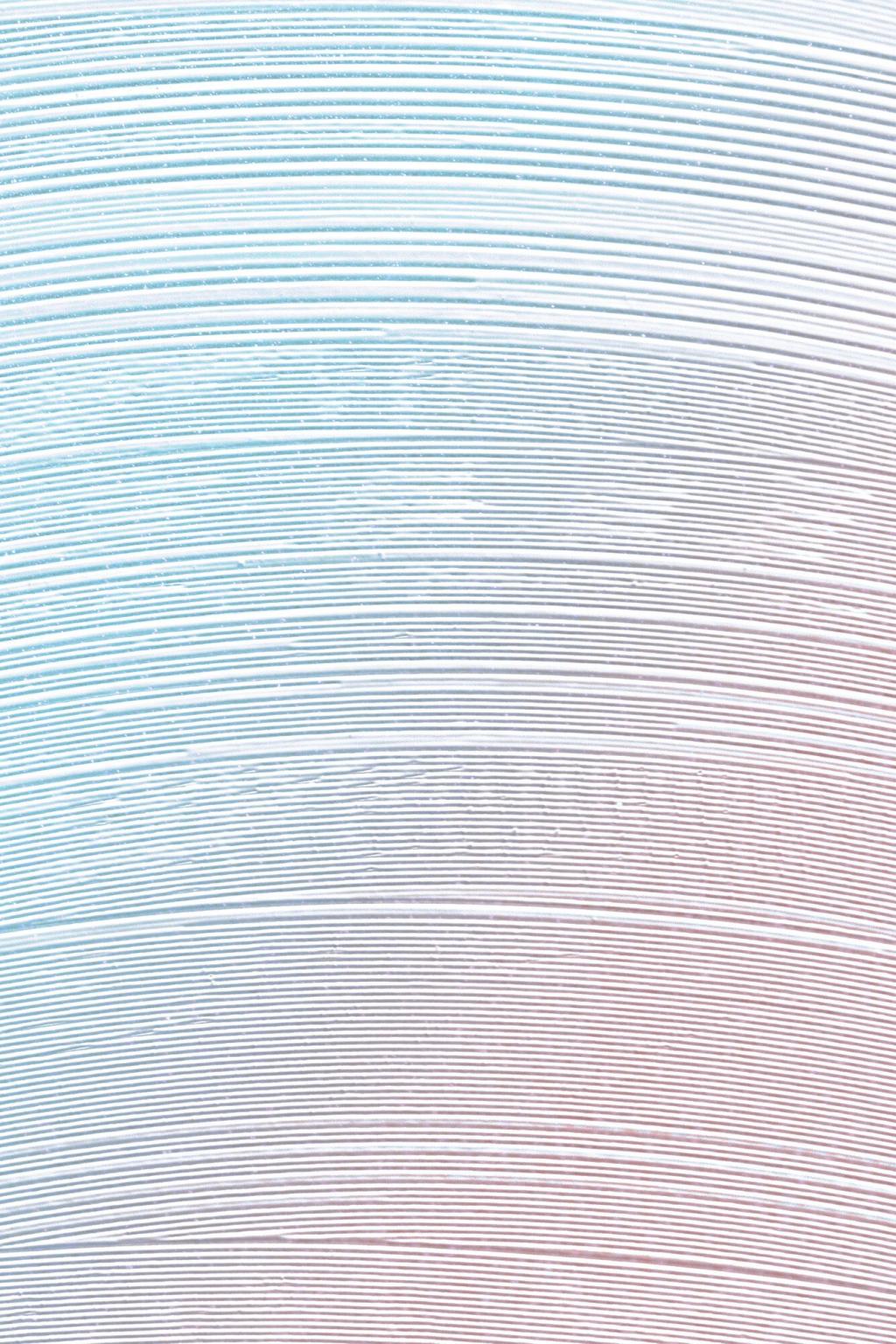Incorporating Natural Elements in Minimalist Designs
Chosen theme: Incorporating Natural Elements in Minimalist Designs. Explore calm, function, and warmth as we blend biophilic ideas with clean lines, purposeful space, and materials that invite touch, light, and quiet.

Why Nature Belongs in Minimalism
Decluttering is not only about subtraction—it is about making room for elements that breathe. A single branch in a clay vessel can carry more meaning than a dozen decorative trinkets crowding a shelf.




Plants With Purpose, Not Clutter
Opt for architectural silhouettes like snake plants, rubber trees, or olive branches. Their clean lines echo minimalist geometry while introducing organic variance that makes the room feel less rigid.


Plants With Purpose, Not Clutter
One generous plant can replace five small ones. A mature monstera beside a simple sofa frames the scene, delivering presence without the visual scatter of many tiny planters.
Texture, Tones, and Quiet Layers
Explore a gradient of warm neutrals: bone, sand, putty, and clay. These hues soften stone and wood, allowing tiny natural variations to sing without demanding extra objects or patterns.
A single textured piece—ribbed linen curtains, a woven bench strap, or a handmade ceramic—adds human touch. Tell us your favorite tactile accent; your tip might inspire a future feature.
Swap plastic decor for found objects with meaning: a beach stone on a tray, a branch across a mantle. Minimal display, maximum memory—share your meaningful finds and stories with our community.



